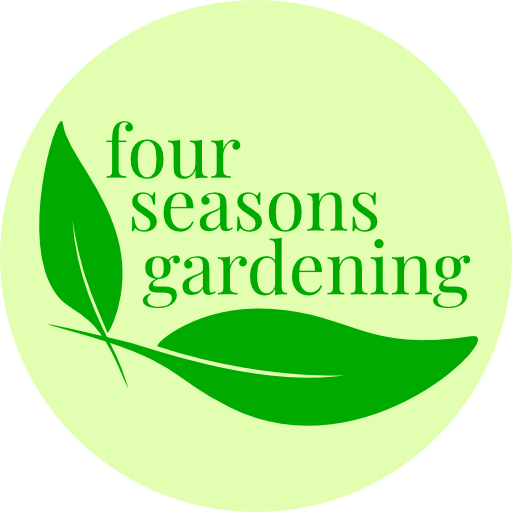A Medicinal Garden
As well as serving as both a living and resting place, a natural garden is also a source of herbal medicine to support and boost your health. Many plants which we carelessly call ‘weeds’ contain anti-inflammatory ingredients and enzymes that stimulate the metabolism, cleanse blood and spice up food.

Whether coltsfoot or mayweed, chicory or bugleweed, ribwort or goutwort there is always space for little helpers like these in a natural garden. You can harvest and use these when needed. And, when integrated into the garden design they will turn your garden into a real eye-catcher.
I will assist you in creating a medicinal garden space and you will become acquainted with the healing powers of wild herbs.
Cichorium intybus – Chicory
You can come across this plant with its lovely, sky-blue flowers pretty much everywhere in Europe: along the railways, roads or on dry stone walls. This highly frugal, drought resistant plant contains highly concentrated inulin, intybin, chicorin as well as iron and it is a great remedy for liver and gall illness or anemia. Applied daily, it is been proven to lower blood sugar significantly. The root (collected between March and May) can either be dried and processed to powder or pressed into juice. Dried and roasted root can be used as a ‘coffee substitute’. Chicory blossoms from July to September and is an important food source for insects before the fall and winter.
Taraxacum officinale – Dandelion
Dandelion is one of the most common herbs even though many call it a weed. You will encounter it on pretty much every lawn and meadow. Its numerous, yellow flowers summon spring. The root as well as the foliage and flowers contain bittern, taraxicin, tannins and etheric oils. All the plant parts can be used: the fresh, young leaves in salads or dried as tea. The fresh root can be pressed into juice or dried, ground and brewed into tea. The flowers can be fermented with sugar into sirup. Dandelion supports the gall, helps in cases of icteric, lowers blood sugar and stimulates the bowels. It is close to impossible to eliminate dandelion in the garden, so why not make use of it?

Tussilago farfara – Coltsfoot
Since ancient times coltsfoot has been in use as remedy for dry coughs, hoarseness, pharyngitis, bronchitis or asthma. Fresh leaves are picked in May and June and can be turned into tea (if dried) or sirup (if fermented with sugar). Tannins, bittern and mucilage are key ingredients of the plant and have mucolytic properties. Applied on the skin as a wrapping, they help to heal problematic wounds. Coltsfoot blossoms are one of the first to feed bumble bees and other insects after the winter is over. Undemanding and adaptable, coltsfoot grows on heavy loamy soil or on slopes, roadsides and could be a good fit for both very moist as well as very arid corners of your garden.
